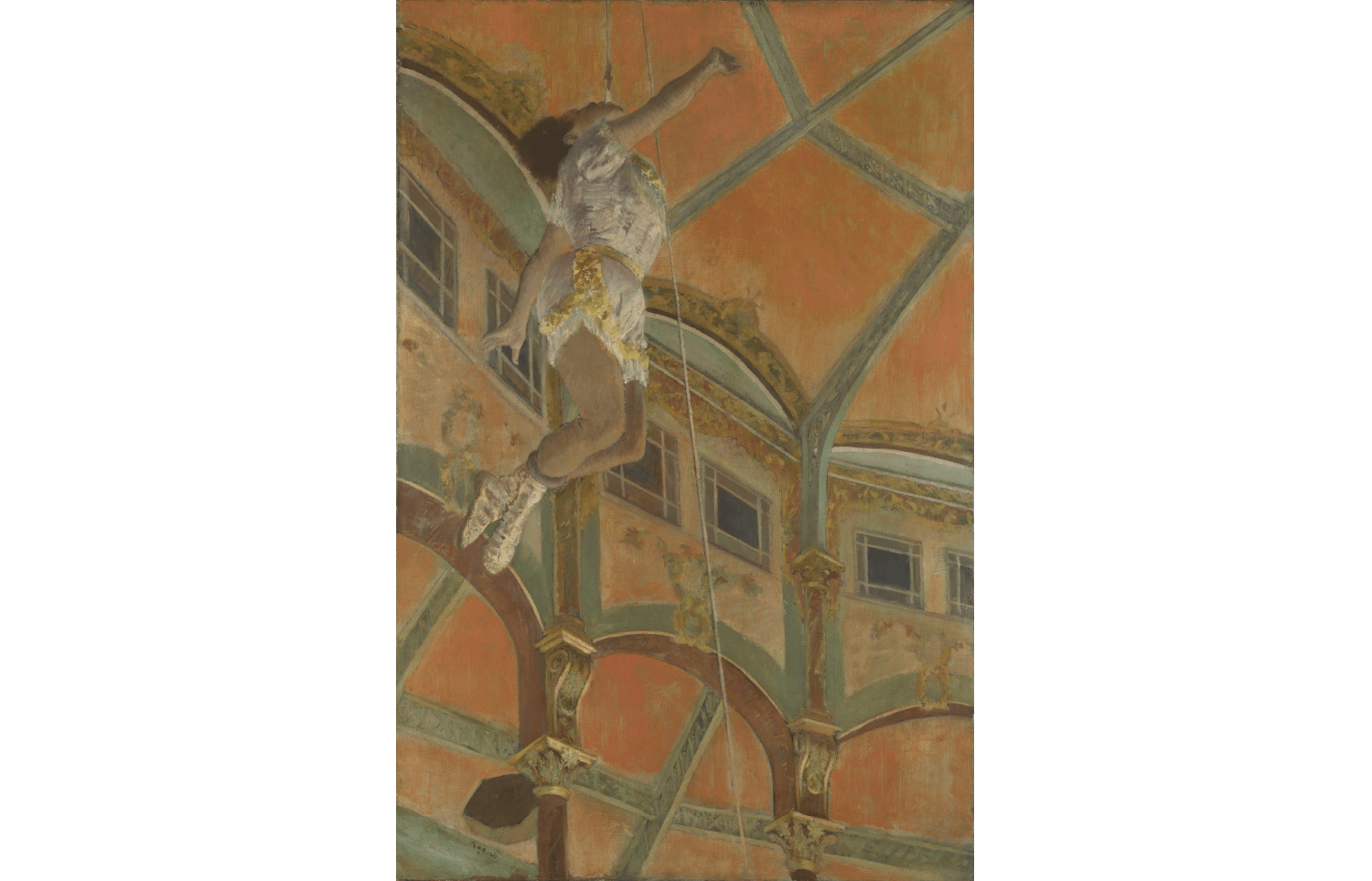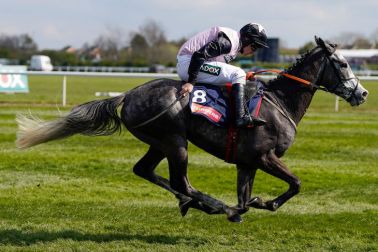‘Can you come Saturday morning to my studio, 19 bis rue Fontaine?’ Degas wrote to Edmond de Goncourt in 1879. ‘From 10.30 to half-past noon, I will have my négresse and her partner who will come expressly to be at your disposal.’
Not content with dangling from a rope by her teeth, she suspended a 300-kilo cannon barrel from her jaw
It’s not what it sounds like. The ‘négresse’ in question was Anna Albertine Olga Brown, stage name Miss La La, an aerialist at the Cirque Fernando who had been sitting – or more accurately hanging – in Degas’s studio for a painting for that year’s fourth Impressionist exhibition. As his friend was working on a circus novel, he thought he might be interested in meeting her. Degas was clearly proud of his catch: Miss La La was a celebrity. She and her partner Theophilia Szterker – stage name Miss Kaira – were ‘envied models for the painters of the neighbourhood’ according to L’Orchestre. She was far more famous than the artist. Since opening at the Cirque Fernando the previous December, the trapéziste had Paris at her feet: ‘To admit that you have not seen her is to lose your reputation as a Parisian,’ declared L’Orchestre.
Miss La La’s was not just any trapeze act, it was an ‘iron jaw’ act with a difference. Not content with dangling from a rope by her teeth, she suspended a 300-kilo cannon barrel from her jaw while hanging by her knees from the trapeze – and didn’t flinch when it fired.
In photographs she has a surprisingly small chin and a sturdy body: her biceps, measuring 15 inches in circumference, were the envy of the physiologist who examined her. Under 5ft tall but ‘as muscular as the Farnese Hercules’, reported L’Orchestre, she was an object of fascination not just because of her gender, but her race.








Comments
Join the debate for just £1 a month
Be part of the conversation with other Spectator readers by getting your first three months for £3.
UNLOCK ACCESS Just £1 a monthAlready a subscriber? Log in